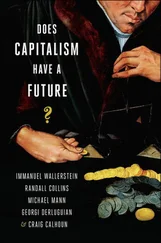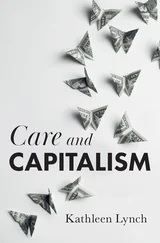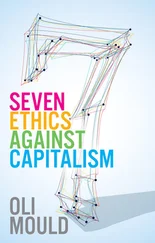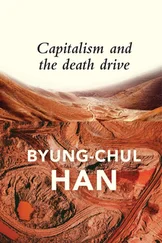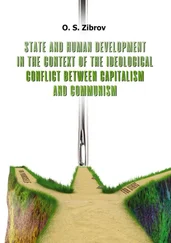It is important to note that not all uses of nonviolent action lead to long-lasting, worthwhile change. Nonviolent action is not guaranteed to succeed either in the short term or long term. The 1989 prodemocracy movement in China, after a short flowering, was crushed in the Beijing massacre. Perhaps more worrying are the dispiriting aftermaths following some short-term successes of nonviolent action. In El Salvador in 1944, the successful nonviolent insurrection against the Martínez dictatorship did not lead to long term improvement for the El Salvadorean people. There was a military coup later in 1944, and continued repression in following decades.
The aftermath of the Iranian revolution was equally disastrous. The new Islamic regime led by Ayatollah Khomeini was just as ruthless as its predecessor in stamping out dissent.
At this point it is valuable to point to the role of planning in nonviolent action. Nonviolent action in social movements, such as the Indian independence movement, the US civil rights movement, the peace movement and the environmental movement, is usually backed up by a fair amount of analysis, preparation, training and mobilisation. Activists think through what they are trying to achieve and pick their methods and opportunities carefully. By doing plenty of preparatory work and by careful planning, the odds are increased that outcomes will be positive and the movement can build strength and attain its goals.
In contrast, many of the dramatic actions against coups, dictatorships and invasions have been largely spontaneous. In the cases of the Kapp Putsch, the Algerian Generals’ Revolt, the nonviolent insurrection in El Salvador, the Czechoslovak resistance to the Soviet invasion and the Iranian Revolution, there was little or no preparation, planning or training. In essence, nonviolent action in these cases was largely spontaneous.
Spontaneity is not a reliable basis for success or long-term change. An army could hardly be expected to be successful without recruitment, weapons, training and leadership. Why should nonviolent action be fundamentally different?
What this suggests is that the power of nonviolent action is yet to be fully realised. Military methods have been used systematically for centuries, with vast resources devoted to train soldiers, build weapons and develop strategies. Revolutionary violence has had far fewer resources, but even these have been substantial. By comparison, nonviolent action has had only minimal support and a low level of development.
Gene Sharp gives this description: “Nonviolent action is a generic term covering dozens of specific methods of protest, noncooperation and intervention, in all of which the actionists conduct the conflict by doing — or refusing to do — certain things without using physical violence.” [11] . Gene Sharp, The Politics of Nonviolent Action (Boston: Porter Sargent, 1973), p. 64.
In his classic work The Politics of Nonviolent Action he catalogued 198 different methods, and since then he has discovered hundreds more. Some methods of nonviolent protest and persuasion are public speeches, petitions, banners, picketing, wearing of symbols, fraternisation, skits, religious processions, homage at burial places, teach-ins and renouncing honours. Some methods of noncooperation are social boycott, student strike, providing sanctuary, hijrat (protest emigration), consumers’ boycott, refusal to rent, traders’ boycott, lockout, refusal to pay debts, international trade embargo, lightning strike, prisoners’ strike, sympathy strike, working-to-rule strike, economic shutdown, boycott of elections, refusal to accept appointed officials, civil disobedience, deliberate inefficiency, mutiny, severance of diplomatic recognition and expulsion from international bodies. Methods of nonviolent intervention include fasting, sit-ins, nonviolent obstruction, guerrilla theatre, stay-in strike, seizure of assets, alternative markets, revealing identities of spies and alternative government.
Nonviolent action is just what its name suggests: it is action rather than nonaction, and it avoids physical violence. Nonviolent action can be coercive and can cause (nonphysical) harm. Strikes, boycotts and sit-ins can all cause economic harm to a business. Noncooperation with political officials and alternative systems for decision making can cause political harm to a government official. Ostracism can cause psychological distress to an individual. Nonviolent action is, after all, a method of waging conflict. If it is going to be effective, it has to make some impact.
Nonviolent action does not involve physical violence. That rules out beatings, imprisonment, torture and killing. Nonviolent action is for waging conflict, so it does not include routine activities such as attending a meeting, voting in an election, buying vegetables or reading a newspaper — unless, due to circumstances, they are integral parts of a conflict. For example, if a government outlaws carrots, then growing, selling and buying carrots could be a form of nonviolent action.
A crucial issue is whether nonviolent action is used for a “good” purpose. Of course, what is considered good depends on who is judging. Cutting off funds, for example, can be used either to support or oppose racial segregation. In 1956, the legislature in the state of Virginia passed a law to cut off state funding for any school that racially integrated. [12] . Sharp, p. 240.
In contrast, the international campaign against apartheid in South Africa included withdrawal of investment. In the Gandhian approach, acting against repression or oppression are an essential part of the idea of nonviolent action, whereas in the pragmatic approach exemplified by Sharp, nonviolent action is simply a method which can be used for good or bad. Here, the term “satyagraha” is used for the Gandhian conception and “nonviolent action” for the pragmatic one. In practice, even those using the pragmatic conception usually refer to examples where nonviolent action is used to challenge oppression.
Just because nonviolent action can be used for good and bad purposes does not mean it is a neutral method. Weapons can be used for good and bad purposes, but they are not neutral because they are easier to use for harm than for social benefit. A guided missile is a tool with a built-in bias: it is easy to use to destroy and kill, though in principle it could be used to foster harmony, for example by being an object of worship! Nonviolent action is also a tool with a built-in bias: it is easier to use against oppression than for it. To understand why, it is useful to list some of the strengths of nonviolent action.
For those seeking to create a world without violence, nonviolent action is self-consistent: it uses only those methods that are compatible with the goal. This is unlike military defence, which relies on the threat of violence to prevent war.
Nonviolent action allows maximum participation in social struggle. Nearly anyone can sign a petition or join a boycott or vigil without regard to sex, age or ability. This is unlike military or guerrilla forces, which put a premium on physical fitness and often exclude women, children and the elderly.
Nonviolent action often works better than violence, since it is more likely to win over opponents and third parties. It often works better than using official channels for change, such as formal complaints to governments, court actions or elections, since nonviolent action can be used by those without administrative impact, legal support or electoral influence.
Nonviolent action often leads to more lasting change, because it mobilises more of the population in a participatory fashion than either violence or official channels.
Compared to violent struggle, nonviolent action usually leads to fewer casualties. Although violence can be and is used against nonviolent protesters, this is usually less intense and sustained than against armed opposition, since it is easier to justify violence against a violent opponent. Note, though, that nonviolent action is not guaranteed to cause fewer deaths and injuries. [13] . This point is made forcefully by Gene Keyes, “Heavy casualties and nonviolent defense,” Philosophy and Social Action , Vol. 17, Nos. 3-4, July-December 1991, pp. 75-88.
Читать дальше
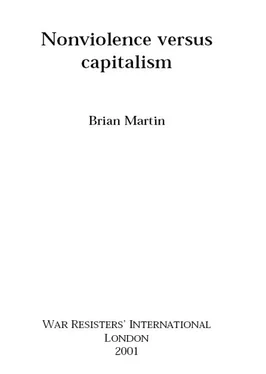
![Brian Jacques - Martin the Warrior [Redwall 6]](/books/128385/brian-jacques-martin-the-warrior-redwall-6-thumb.webp)

